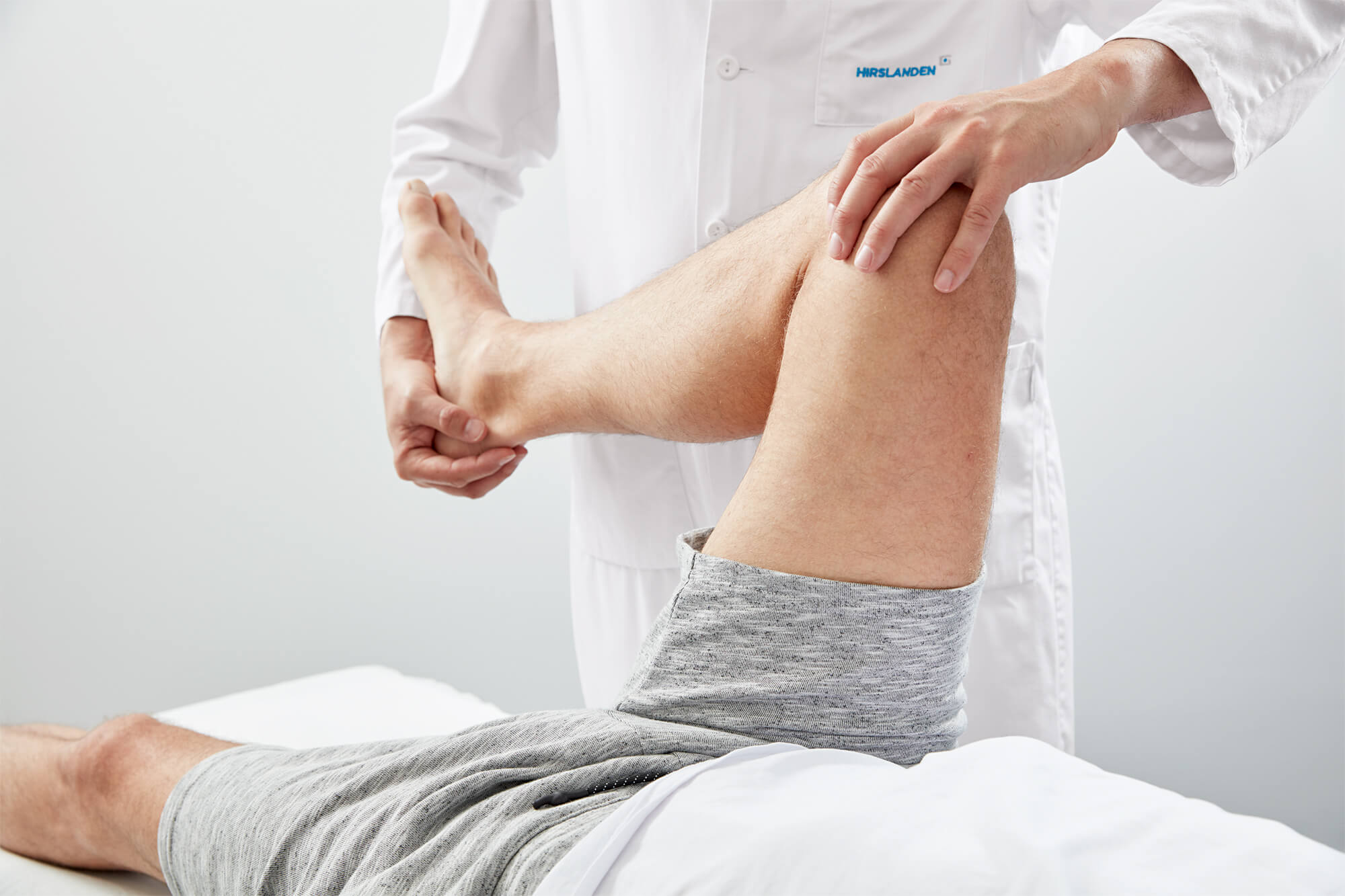Signs and symptoms mostly concern the foot, in particular the base of the big toe, but can also appear further up the leg (knee, hip, back) in connection with the overall disturbance of the movement of walking caused by Functional Hallux Limitus.
Clinical signs can manifest as:
Pain on the dorsal face of the metatarsophalangeal joint of the big toe that corresponds to cartilage damage, an onset of deformity in hallux valgus (bunion) or a hyper-pressure syndrome, often a prelude to osteoarthritis.
Pain in the plantar surface of the joint due to excessive tension exerted by the Flexor Hallucis Longus (FHL) tendon which tends to laterally subluxate the sesamoids (small bones in contact with the undersurface of the metatarsal head).
Pain along the tendon path of the FHL under the sole of the foot, in particular in front of the calcaneus, which can lead to the incorrect diagnosis of plantar fasciitis when it is in fact FHL tenosynovitis.
Symptoms may also be present at a distance in the form of patellar syndrome (pain on the anterior aspect of the knee), crow's feet tendonitis (pain on the inner side of the knee) or iliotibial band syndrome (pain on the outer edge of the knee). It may also be a painful contracture of the pyramidal (buttock muscle) or a lumbopelvic imbalance (back pain).
These signs and symptoms are often correlated with physical activity, intensity and repetition. Thus, running, walking downhill, excessive stress are frequently cited as leisure activities.
 EN
EN  DE
DE  ES
ES  FR
FR 